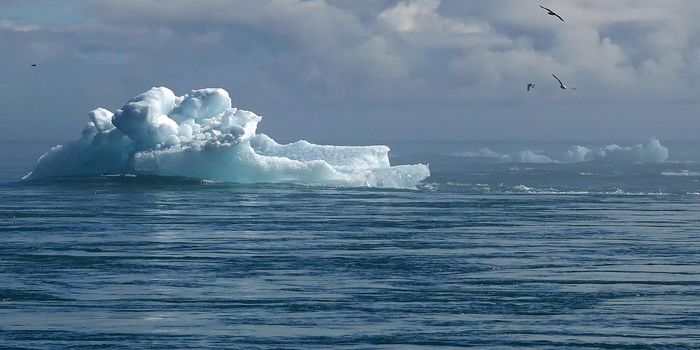How Much for a Healthy Ecosystem? Value & Policy in Forest Ecosystems
Whether you know it or not, healthy ecosystems are an essential part of your life and many of the services you use daily. Forests filter air and water, provide timber, offer recreation opportunities, and sequester carbon. These services have a monetary value that is difficult to quantify, however for the benefit of policymakers whose decisions can affect these ecosystems; researchers have to try.
Ultimately, establishing value and creating ecosystem policies is not only the right thing to do, but it is also the most economical.
A new study soon to be published in Trees, Forests, and People, looks at how drought, wildfires, and invasive species impact recreation and climate regulation ecosystem services in California forests.
The scientists used federal lands in the Sierra Nevada region as their study area. They used computer models based on visitor surveys, remote sensor data, estimates of global carbon emissions, and economic valuation of recreational activities to look at a ten-year change in monetary value.
For recreation activities, they focused on the effects of precipitation and drought. Drought increased the use of federal lands for some purposes but decreased the use for others. While dry and summer activities like camping, hiking, and bicycling increased, cold-weather activities and those involving water bodies like skiing, snowmobiling, hunting, boating, and fishing decreased. While the increase of warm weather activities helps offset the economic loss from fewer cold and wet recreation opportunities, it is not enough. Most locations lost recreation opportunities valued in the multiple millions of dollars due to drought. Overall, this accounted for 67 million dollars in losses of recreational ecosystem services in the study areas.
The scientists also measured carbon storage in tree biomass as a proxy for climate mitigation. Tree biomass loss and damage were mainly related to bark beetle infestation and wildfires, though both factors correlate back to droughts. The total estimated loss in climate mitigation carbon storage was 8.9 million dollars.
This study was limited in scope to federal lands and only assessed some disturbances in specific areas, so many more changes in ecosystem services were beyond the scope of this one study. Ecosystem services are challenging to measure, particularly the less tangible benefits like aesthetic or existence values. As forest disturbances are expected to continue, policymakers must consider ecosystem service values when making policy decisions.
Sources: Trees, Forest, and People









